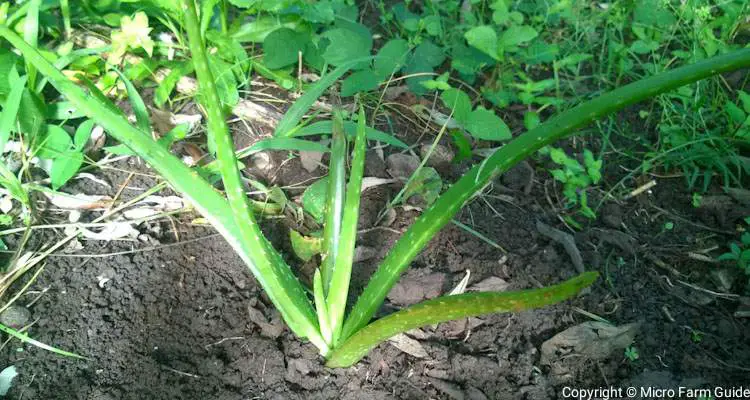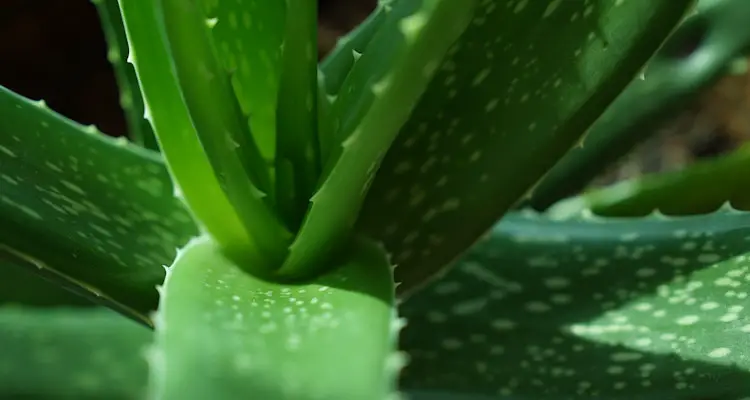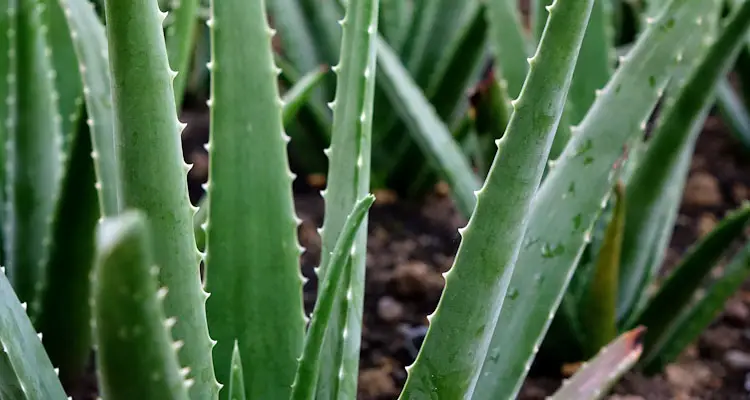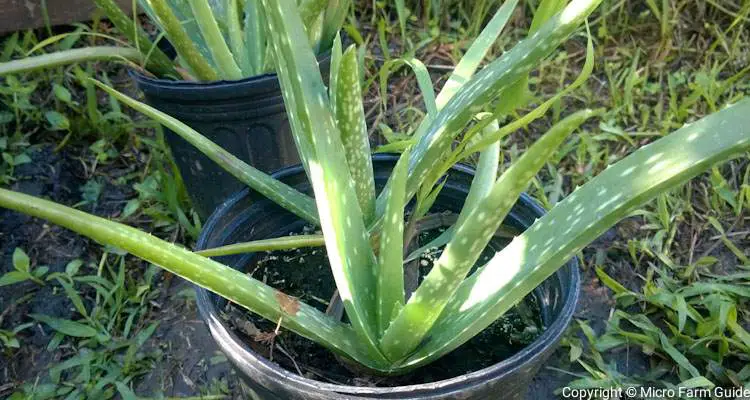Aloe Vera can grow outside, provided they receive sufficient light and suitable temperatures, ranging between 55°F and 80°F.
As a result, you will need to use containers and move your plants around when necessary, if you live in a cooler climates. However, with some planning you can grow healthy Aloe plants at home, regardless of your location.

In this article, we will discuss how to care for Aloe Vera in different climates, including tips on preparing your indoor plants to grow outside.
What Climate Does Aloe Vera Grow In?
Aloe Vera is native to the arid climate of northern Africa and the surrounding Mediterranean regions. However, they also thrive in tropical and subtropical regions of Asia and the Americas.
Growing Aloe Vera In Cooler Climates
It is possible to grow aloe vera outdoors in cooler climates, during the late spring and summer months.
However, for the most part, you will need to grow them indoors while providing growing conditions similar to those in their native regions.
For instance, Aloe plants grow best when they receive at least 6 hours of direct sunlight daily and temperatures between 55 and 80°F. These can be achieved by placing the plant in a sunroom or near a sunward-facing widow and keeping the thermostat to a liveable temperature.

Relocate Potted Aloe Plants In The Summer
You can carry your Aloe Vera plants outside during the summer. However, ensure this is done gradually to acclimate them to the intense sunlight and warmer temperatures.
Avoid using black plastic nursery pots during the hot summer months since the heat generated by this material can damage your plants’ roots.
How To Care For Aloe Plant Outside
Aloe Vera plants are easy to care for outdoors, so long as you plant them in suitable soil. Remember, they can survive weeks, even months, without water, but don’t do well in too much shade.
Occasionally, you must prune your aloe plants, removing dead, dying, or abnormal leaves. Use this time to inspect for signs of diseases such as soft rot, which can spread rapidly throughout the plant.

If you see visible signs of disease, remove the affected parts. Then clean and repot the plant or whatever cuttings remain.
Aloes are prone to fungal and bacterial infections, which can develop in soggy soils, so ensure that the soil is well-drained.
When growing aloe vera in pots, ensure the containers have adequate drainage holes. You can use a cactus soil mix or add extra perlite or vermiculite to your existing potting mix to improve drainage.
How Often To Water Aloe Vera Plants When Outdoors
Generally, you should water aloe vera plants at least once every 2 to 3 weeks during dry months, but avoid watering plants during rainy seasons.
It would be best to allow the soil to dry out briefly between watering. This is a helpful gauge to ensure you do not create anaerobic conditions.

Ideally, it would help if you watered aloe vera from the bottom, around the root zone. However, do not worry if the leaves get wet. This will evaporate quickly while outside.
Water the plants thoroughly and deeply, since you will not be doing this again in a hurry. Double-check to ensure that water penetrated at least the first two inches of soil.
If your potted plants start to change color after carrying them outdoors, do not panic. Instead, check the soil as mentioned above.
Usually, you will need to water the plant if the soil is parched and relocate it to a shaded area. Then gradually expose it to direct sunlight over time.
Related Questions
Can I put my potted aloe plant outside?
Yes, you can put your potted aloe plant outside. However, ensure that you gradually increase its duration to get it accustomed to the new growing conditions.
Where should I put aloe vera plants outside?
Aloe Vera plants should be placed in a well-lit location, such as a rooftop, patio, or verandah, provided it is protected from excess rain while receiving adequate sunlight.

